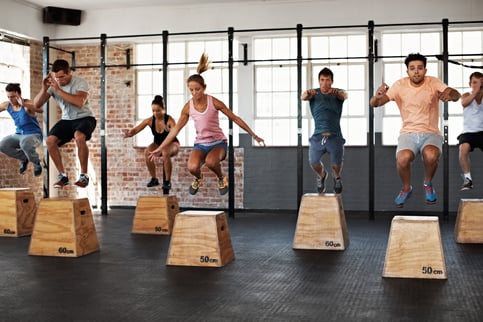 In the most basic definition, plyometrics refers to jump training. Known to be a key component of many sports, such as basketball, soccer, gymnastics, and football, plyometric training can enhance athleticism, strengthen the most powerful muscles in your body, and much more.
In the most basic definition, plyometrics refers to jump training. Known to be a key component of many sports, such as basketball, soccer, gymnastics, and football, plyometric training can enhance athleticism, strengthen the most powerful muscles in your body, and much more.
Here are some of the benefits of plyometric exercises, and how to safely add plyometrics to your workout routine.
The Benefits of Plyometrics
For you to propel your body off the ground and land safely, many things have to happen in your muscles, tendons, ligaments, and joints. Studies show that plyometrics can help you build muscle as effectively as conventional weightlifting, and if you combine the two, it can help you reach your goals faster than focusing on either one alone. Also, the impact your body absorbs from landing has benefits for your bones: they become stronger.
If you are an athlete, plyometrics can improve your agility and explosiveness when it comes to fast-response moves, such as sprinting, quick direction changes on the field or court, and jumping (such as going for a header in soccer).
How to Get Started with Plyometrics
If plyometrics is new to your workout, as with anything you should start small. This is especially important for plyometric exercises. Correct form is crucial, as you need to both lift your body off the ground and control the landing. This dual action makes plyometric exercises more difficult and complex than most exercises. If you have a movement deficiency, it will be magnified when the speed and power of a jump are applied to it.
When learning a new plyometric move, you should first perform the move without the jump to perfect the form, strength, and stability that is required to do it correctly. Once you have all of that, you can then add the jumping movement. Another way to start small is to choose lower-impact plyometric exercises, such as jumping jacks, jumps in place, and line hops (side to side, forward, and back).
Do not ignore the upper body: plyometric pushups and medicine ball throws are great for building explosive power above the waist. Always be aware of your form. When you become tired, your form tends to suffer, and the risk of injury increases.
Is there anyone who shouldn’t do plyometric exercises? The short answer is no, as long as your doctor has not identified a reason why you should not (such as deteriorating joints or bad knees). If you are significantly overweight, gradually adding plyometrics is the key—and stay away from high-impact moves altogether. Remember that doing too much too soon—or doing advanced exercises before you are ready for them—can stress your joints, increasing your risk of injury.
This blog was written by David Behrmann, NIFS Health Fitness Instructor.To learn more about the NIFS bloggers, click here.


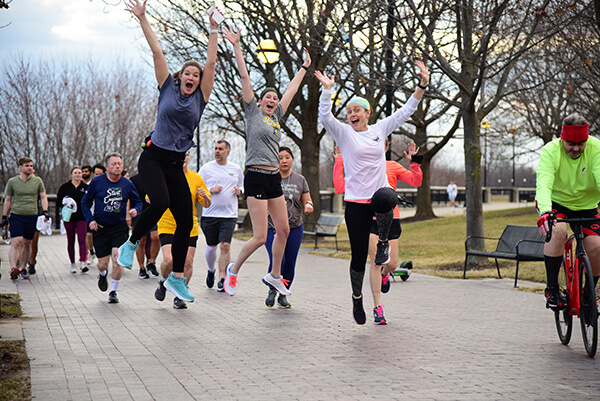
.jpg?width=532&height=342&name=GettyImages-1083005864(1).jpg) Muscle Mass Gains
Muscle Mass Gains 1. Do make a plan to manage your stress level.
1. Do make a plan to manage your stress level.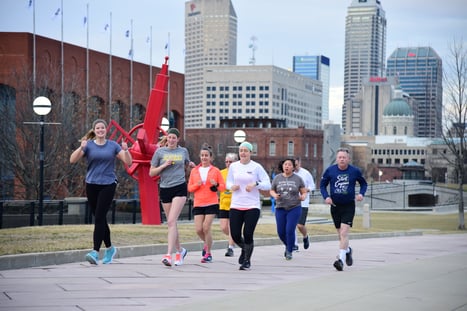 Running with others is one of the most effective strategies for creating a running habit and continuing it. The social benefits of running are among the biggest reasons why runners start and stick with running. Whether you’re running with one friend or a running group, here are some ways you can benefit from group running.
Running with others is one of the most effective strategies for creating a running habit and continuing it. The social benefits of running are among the biggest reasons why runners start and stick with running. Whether you’re running with one friend or a running group, here are some ways you can benefit from group running.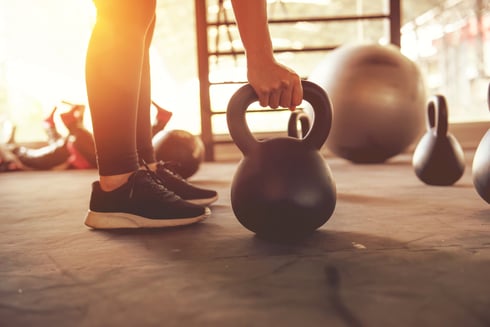 Trying to figure out the best time to work out can be a difficult decision when attempting to balance a healthy lifestyle with work, a social life, and other hobbies. Let’s look at the various benefits of working out at certain times of the day compared to others.
Trying to figure out the best time to work out can be a difficult decision when attempting to balance a healthy lifestyle with work, a social life, and other hobbies. Let’s look at the various benefits of working out at certain times of the day compared to others. 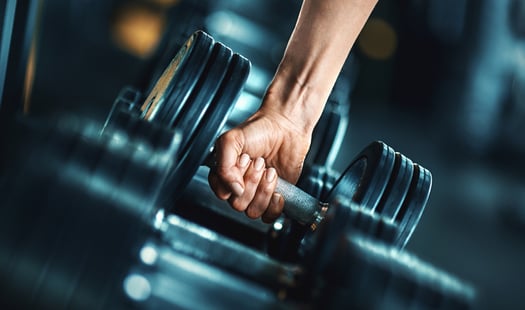 Hormones have an especially important role in dealing with resistance training. The endocrine system is a collection of glands that produce hormones that regulate metabolism, growth and development, tissue function, sexual function, sleep, and mood. Some of these hormones are anabolic, which promote tissue building, and others are catabolic, which are used to degrade/break down cell protein. Ideally for muscle building, it is important to produce anabolic hormones while limiting the production of catabolic ones.
Hormones have an especially important role in dealing with resistance training. The endocrine system is a collection of glands that produce hormones that regulate metabolism, growth and development, tissue function, sexual function, sleep, and mood. Some of these hormones are anabolic, which promote tissue building, and others are catabolic, which are used to degrade/break down cell protein. Ideally for muscle building, it is important to produce anabolic hormones while limiting the production of catabolic ones.  Improving maximal aerobic capacity, aka VO2Max, as well as lactic threshold can have a huge impact on overall performance. You can improve
Improving maximal aerobic capacity, aka VO2Max, as well as lactic threshold can have a huge impact on overall performance. You can improve